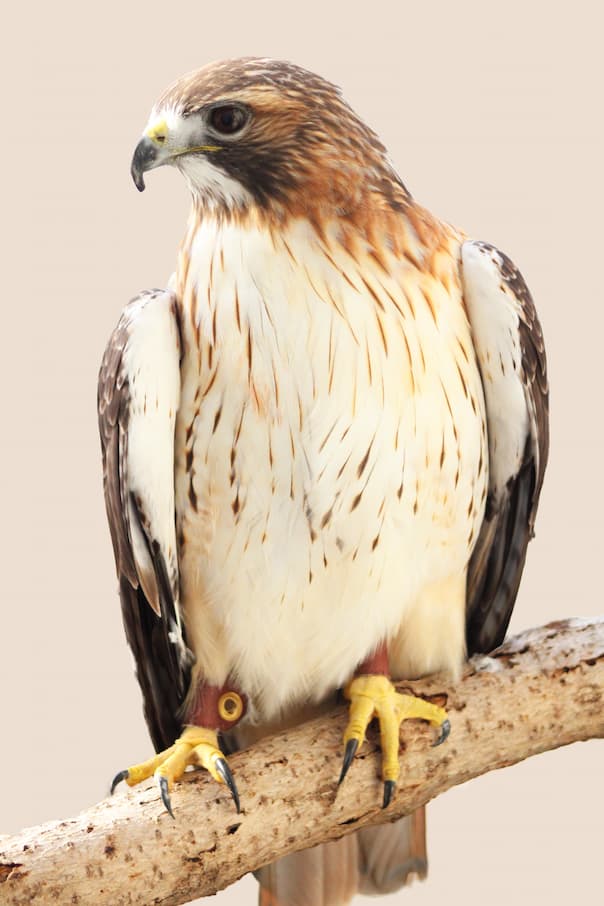One of our goals at the Wildlife Medical Clinic is to educate the public about the animals that live around us, and that sometimes involves correcting long-believed ideas. Here are four of my favorite misconceptions to discuss with people:
1) “Bald eagles sound fierce!”
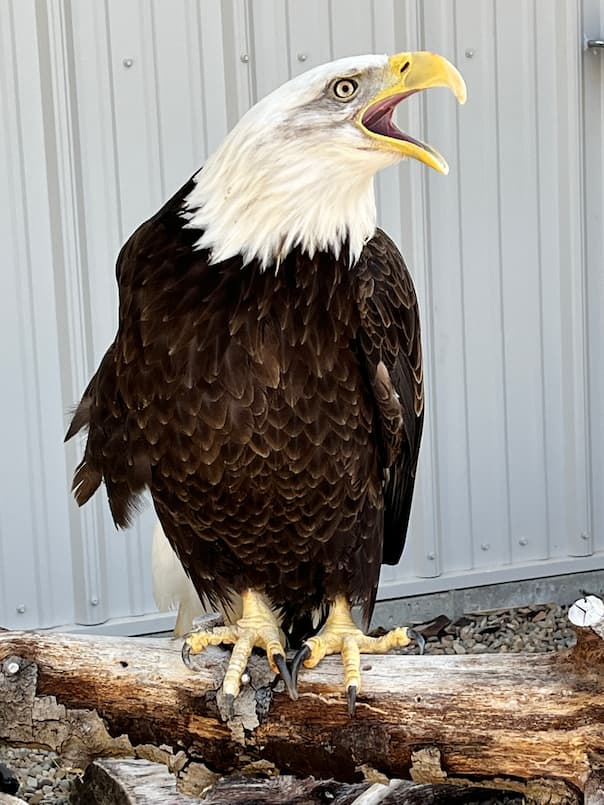
That majestic battle-cry you have heard in movies did NOT come from a bald eagle. At some point, film and TV editors in Hollywood decided that red-tailed hawks have a much more intimidating sound and would dub over eagle vocalizations with audio from hawks to present a stronger American symbol. Bald eagles actually make a series of short, high-pitched notes that can be described as whistling or piping. We have both species as Ambassador animals – if you visit, Odin (red-tailed hawk) and River (bald eagle) may give you the chance to hear the difference!
For those that can’t visit the clinic, here is a video from the Alaska Raptor Center “Red-tailed Hawk and Bald Eagle Vocalizations”: https://www.youtube.com/watch?v=CEmYEQ78zS0
2) “Possums carry rabies!”
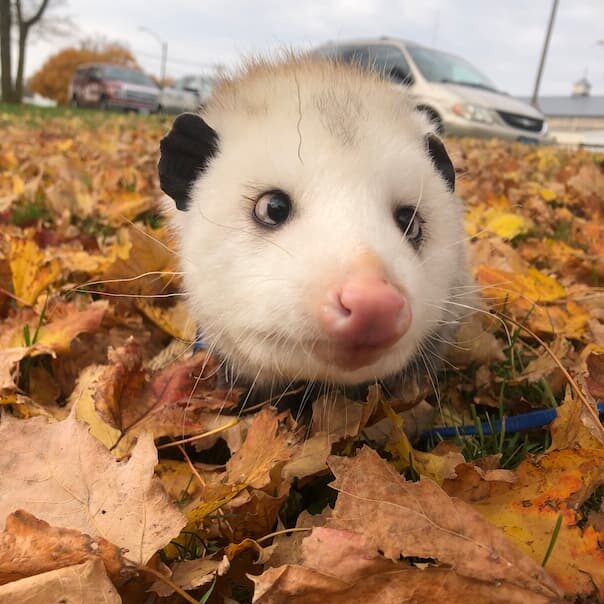
Rabies is a concern for human health and in our domestic pets, however, Virginia opossums very rarely carry rabies. As marsupials, they have a lower body temperature than most other wild mammals and this is thought to be the main reason opossums are not typically affected by this virus. The mammals in Illinois that are considered common carries of rabies are bats and skunks, which is why the Wildlife Medical Clinic cannot accept these species as patients. For your pets at home, the best way to protect them from rabies is by staying up to date with vaccinations from your veterinarian!
3) “The difference between snakes and lizards is that snakes don’t have legs and lizards do.”
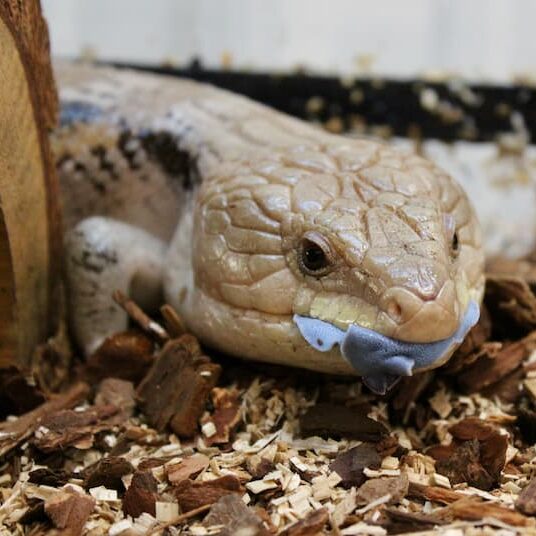
This may sound silly, but there are a few hundred species of legless lizards that can be found around the world! While they are rarely found in Illinois, they are commonly seen in other states such as California and Florida. If you happen to travel outside of the United States, you may come across them in areas of Europe, Asia, Africa, and Australia. So, if you cannot tell the difference between a snake and lizard based on legs, what can you look for to tell the difference? One of the easiest things to try to observe from a distance is whether they have holes just behind their eyes. These are ear holes – lizards have them, snakes do not! You can also look at whether they have eyelids – legless lizards can close their eyes whereas snakes do not have eyelids.
4) “You can’t move a baby bunny or baby bird because the mother will smell you on them and won’t take care of them.”
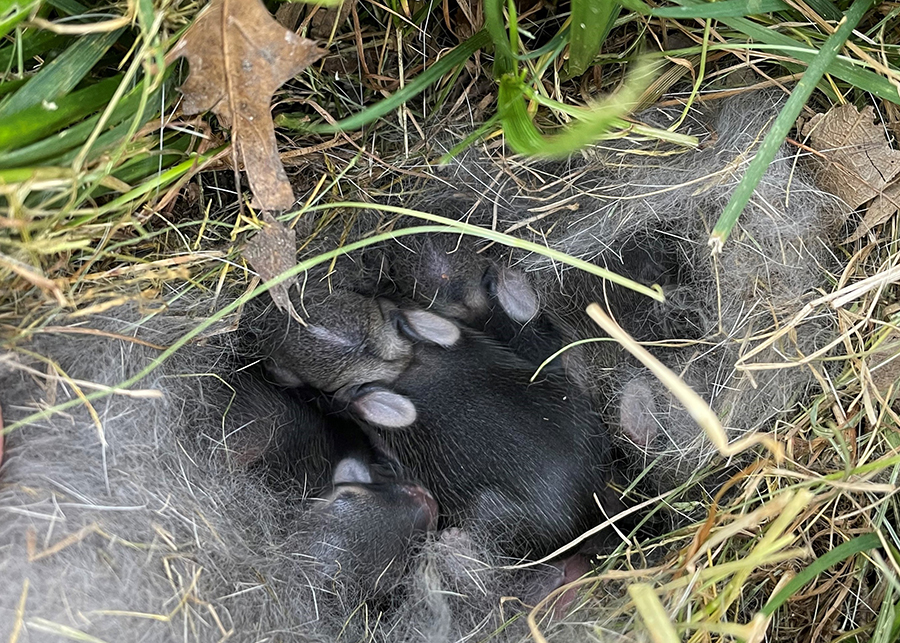
This is a common concern we hear from people, especially around this time of the year. Luckily, this is a misconception! If you find a young animal that does not appear to be injured or sick, our first recommendation will be to return it to the nest and its parents if you are able. Your touch will not cause the mother to abandon the baby. The best option for wildlife is to remain in the wild and be raised by their parents. Of course, we know this is not always possible and if the young animal is truly orphaned or injured, please contact the WMC or your nearest licensed wildlife rehabilitator.
Written by First Year Sarah

